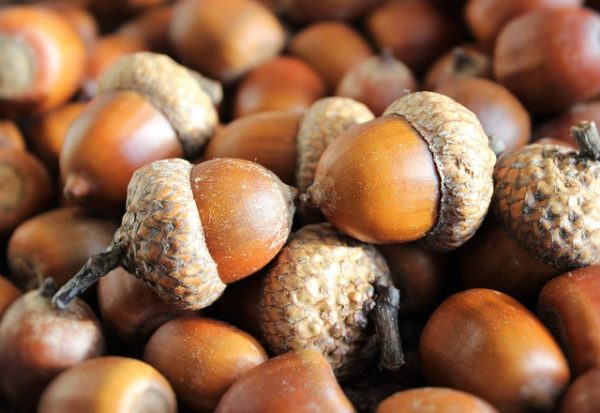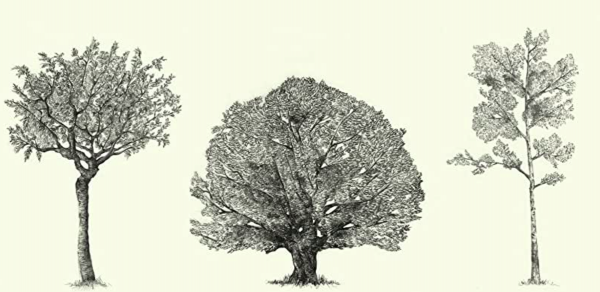“Accustom yourself every morning to look for a moment at the sky and suddenly you will be aware of the air around you, the scent of morning freshness that is bestowed on you between sleep and labor. You will find every day that the gable of every house has its own particular look, its own special lighting. Pay it some heed…you will have for the rest of the day a remnant of satisfaction and a touch of coexistence with nature. Gradually and without effort the eye trains itself to transmit many small delights.” – Hermann Hesse

I found that quote in an article and it struck me as a kind of found poetry. Hermann Hesse, renowned German-Swiss author and Nobel Prize laureate, wrote poetry in addition to his more famous novels and essays.
Hesse is best known for novels such as “Siddhartha,” “Steppenwolf,” and “Demian,” bet he wrote poems throughout his literary career. Not surprisingly, his poetry often explores themes such as self-discovery, spirituality, nature, and the human condition. Those are the philosophical and existential concerns found in his prose writings. His poetic style is characterized by its simplicity, introspection, and lyrical quality, reflecting his deep contemplation of life’s mysteries and his quest for meaning and enlightenment.
His poem “Stages” appears in his last novel The Glass Bead Game. With that novel, he won the Nobel Prize of Literature in 1946.
STAGES
As every flower fades and as all youth
Departs, so life at every stage,
So every virtue, so our grasp of truth,
Blooms in its day and may not last forever.
Since life may summon us at every age
Be ready, heart, for parting, new endeavor,
Be ready bravely and without remorse
To find new light that old ties cannot give.
In all beginnings dwells a magic force
For guarding us and helping us to live.
Serenely let us move to distant places
And let no sentiments of home detain us.
The Cosmic Spirit seeks not to restrain us
But lifts us stage by stage to wider spaces.
If we accept a home of our own making,
Familiar habit makes for indolence.
We must prepare for parting and leave-taking
Or else remain the slave of permanence.
Even the hour of our death may send
Us speeding on to fresh and newer spaces,
And life may summon us to newer races.
So be it, heart: bid farewell without end.
He also wrote poems about more common themes, such as love or loss.
WITHOUT YOU
(Translated by James Wright)
My Pillow gazes upon me at night
Empty as a gravestone;
I never thought it would be so bitter
To be alone,
Not to lie down asleep in your hair.
I lie alone in a silent house,
The hanging lamp darkened,
And gently stretch out my hands
To gather in yours,
And softly press my warm mouth
Toward you, and kiss myself, exhausted and weak-
Then suddenly I’m awake
And all around me the cold night grows still.
The star in the window shines clearly-
Where is your blond hair,
Where your sweet mouth?
Now I drink pain in every delight
And poison in every wine;
I never knew it would be so bitter
To be alone,
Alone, without you.














